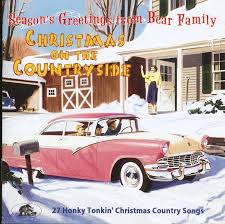The Cultural Impact of the Angry Ginge Phenomenon

Introduction
In recent years, the term ‘angry ginge’ has emerged as an intriguing concept within popular culture, particularly across social media platforms. This phrase typically refers to individuals with red hair who are perceived as having a fiery temperament or strong opinions. Given the growing visibility of red-haired personalities in media and the emotional associations often attributed to them, understanding this phenomenon becomes essential in recognising broader societal attitudes toward natural traits and individuality.
Understanding ‘Angry Ginge’
The representation of red-haired characters in media often amplifies stereotypes, framing them as passionate or easily angered. For instance, animated characters such as Merida from Disney’s Brave and anime figures often exhibit intense emotions, which can reinforce the ‘angry ginge’ stereotype. The term has garnered attention not only for its humorous connotations but also for sparking discussions around the treatment of individuals based on their hair colour. Recent surveys indicate that redheads often feel discriminated against due to these stereotypes, raising questions about societal perceptions of personality and appearance.
Social Media Influence
Platforms like TikTok and Twitter have played a significant role in perpetuating and deconstructing the ‘angry ginge’ culture. Although many users employ the phrase light-heartedly, others have started campaigns to promote body positivity and challenge erroneous stereotypes. For instance, the hashtag #RedHairDontCare has gained traction among red-haired influencers aiming to celebrate their hair colour and unique identity, countering the more negative associations tied to being perceived as ‘angry’. Moreover, positive portrayals of red-haired characters are becoming increasingly common, offering a broader perspective on how diverse personalities can exist beyond conventional stereotypes.
The Importance of Representation
Recognising and discussing the ‘angry ginge’ phenomenon highlights the need for nuanced portrayals of individuals from all backgrounds. Research shows that representation in media shapes public perception and acceptance of diversity. As video games, films, and literature evolve to depict a wider array of personalities, the angry ginge stereotype may dissipate, allowing for more varied characterisation of red-haired individuals.
Conclusion
The ‘angry ginge’ phenomenon invites a closer examination of societal biases and the relevance of representation in media. While it currently serves as a means of both humour and frustration, discussions surrounding the term can pave the way for more respectful and accurate representations of individuals based on their traits. In an era where inclusion and diversity are pivotal, the journey toward understanding and debunking stereotypes associated with red hair continues to unfold, promising a future where all individuals can embrace their uniqueness without fear of unwarranted judgement.









